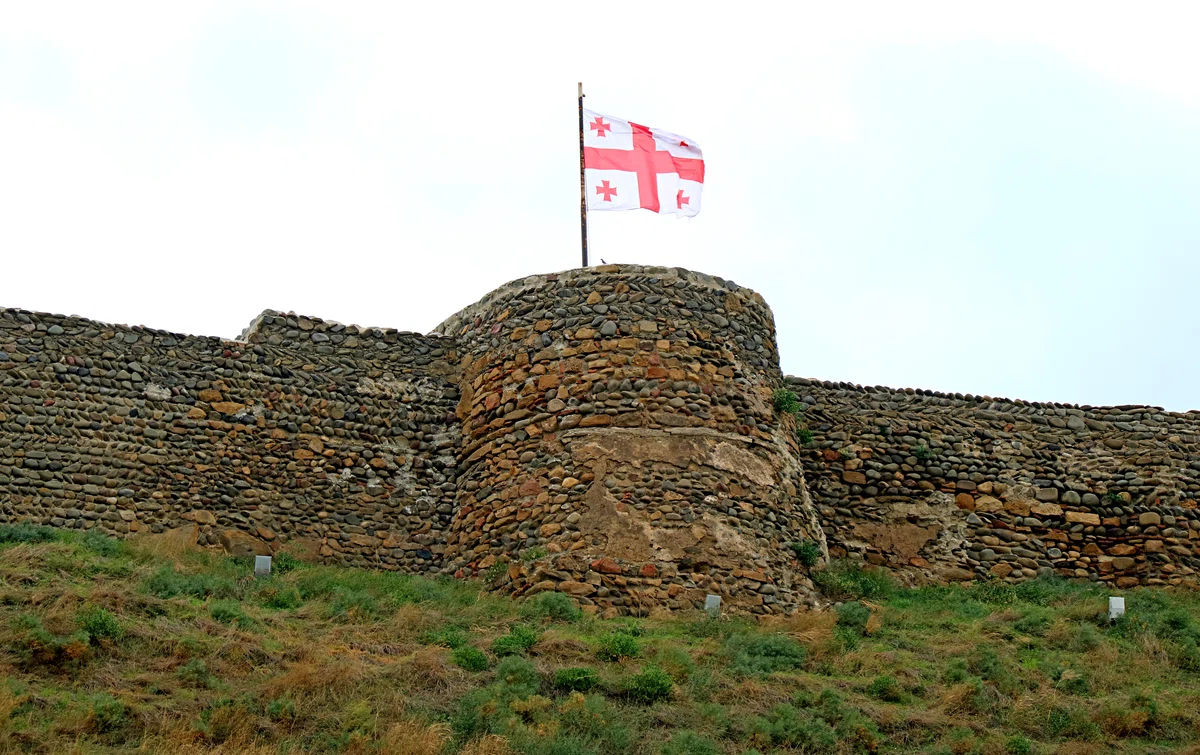
Amazing beauty of the mountains from the town of Gori. The history and interesting places of this cultural capital.
The Georgian town of Gori, although not very large, attracts many tourists due to its incredibly beautiful architecture. In the blog "MadLoba" you will find detailed information about this city: how it developed, what history it has, features of architecture and infrastructure, how to get there
Go to the Georgian town of Gori⬇️
If you miraculously found yourself in this beautiful country, be sure to visit the city of Gori! It is located seventy-six kilometers from the capital. Along the perimeter of the city there are mountains of amazing beauty.
Tourists know firsthand that this city is the birthplace of the famous leader of the USSR. So, let's take a closer look at the history of this town.
History of development
- The exact date of the city's appearance is unknown.
- During the Bronze Age, this city was inhabited by people. In the forties of the twentieth century, the presence of the ancient period was discovered near the wall destroyed as a result of a large-scale displacement of rocks: clay vessels with thin walls, red clay shards.
- The first chronicle sources about the city are dated to the seventh century.
- This city was repeatedly conquered by the Turks, Ottomans and Persians, and only by the middle of the eighteenth century the city was liberated.
- The population of this city is about fifty thousand inhabitants.
Interesting places
- Unfortunately, the ancient monuments are poorly preserved to this day, however, this does not mean that they are unworthy of your visit.
- There are many other unique places in the city, such as the house-museum of the Leader, a large Gothic palace. The museum complex is represented by three objects. A small stone building is a marital home, where preserved household items are presented: furniture, personal belongings.
- The museum has a significant exposition, which presents more than sixty thousand different exhibits related to the ruler: documents, military records, weapons, family photos, gifts, as well as a well-preserved armored car in which the dictator was taken to important meetings or events.
- Along the perimeter of the museum complex there is the house of Joseph Stalin, which belongs to the most expensive sightseeing objects. A guided tour of its premises costs about six dollars. Not far from the museum there are two more places that are definitely worth a visit: the Historical museum and the Museum of the Great Patriotic War.
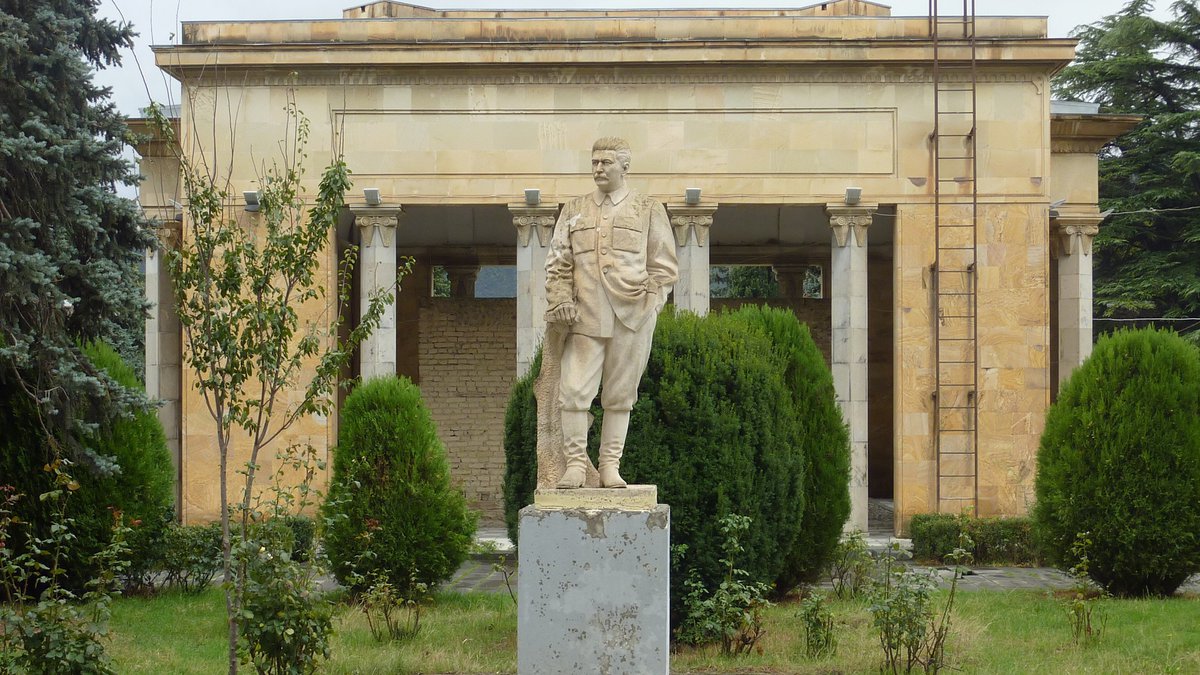
Goris-Tsikhe Fortress
If you are an avid history lover, then you will definitely be attracted by the ruins of an ancient fortress, which is located on top of a city hill. The name of the city is connected with it. This architectural monument contains many secrets and riddles. The exact time of construction of the structure is unknown.
The fortress is worth visiting because of the unique and beautiful panoramic views of the city, forest valleys, as well as because of the most beautiful and amazing Caucasus mountains. Stunning photos taken from this place remain with tourists for a lifetime. Goris-Tsikhe is accessible to tourists at absolutely any time of the year.
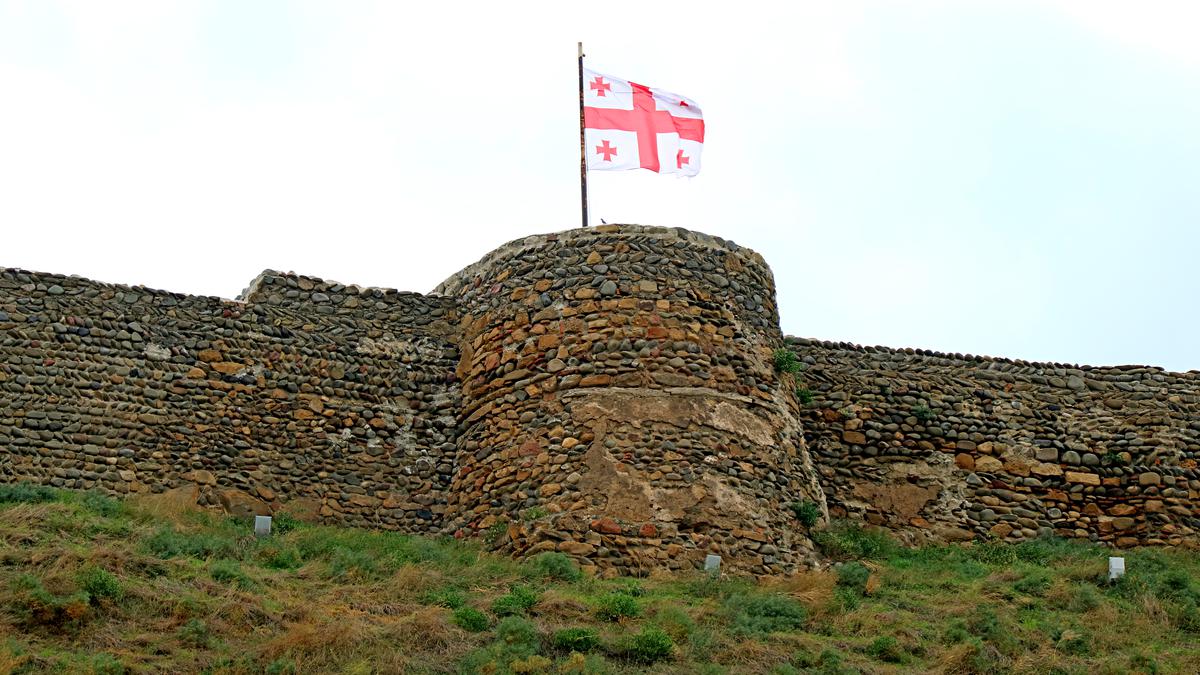
Uplistsikhe city
This city is located ten kilometers from the Gori resort. The locals called this city God's. There are caves in Uplistsikhe, which are a multi-tiered structure. Houses, depressions, passages were carved right into the rock. According to historical documents, it was inhabited by residents until the tenth century.
At this time, about one hundred and fifty caves are available for tourists to visit, which have preserved information about several time epochs.
The most popular objects include:
- the royal hall of the ruler Tamara;
- ancient furnaces;
- pharmacy;
- wine workshops.
If you go upstairs, you will see a functioning local church. You can get to this place by tourist bus, minibus, taxi or your own car. The entrance to the museum costs about two dollars, but you will have to pay six dollars for the services of a regional guide. An ancient temple has also been preserved on the territory of the city to this day.
The patterns of this temple depict:
- ancient animals;
- the lives of holy people;
- hunting.
They also decorate the facade of the building, and inside you can contemplate frescoes preserved from ancient times. Visiting this temple is free.
Visitors to the city do not ignore the Gori market, where you can always buy fresh vegetables, fruits, and herbs.
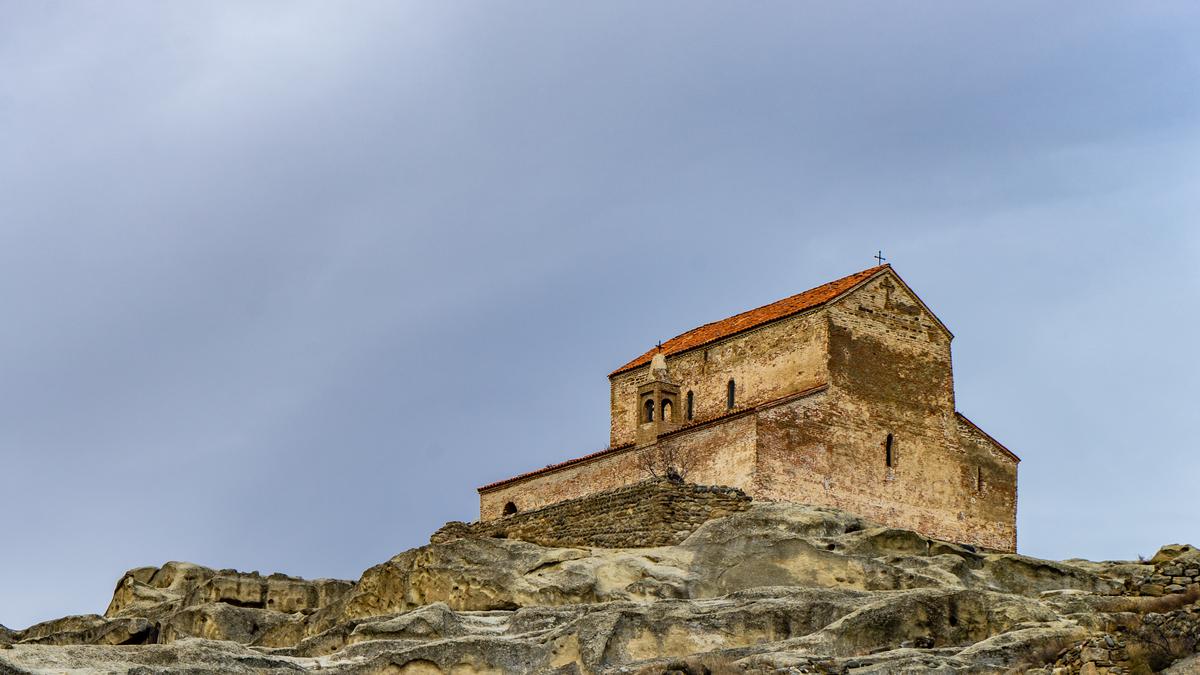
How to get there?
The location of the city is convenient for tourists to visit:
- about eighty kilometers from the Georgian capital;
- thirty-three kilometers from the Tskhinvali area.
The following types of transport run from the capital to the Gori area: minibuses, taxis, railways, buses, personal transport or a rented car. It will not be difficult for you to get to your destination by following all the known signs.
You can also get here by going from other cities. The journey will take you no more than three hours, although it all depends on which city you are going from. In Gori town you will not find time for club parties.
This unique place will make you feel the history of the Soviet era, ancient history, enjoy amazing natural views and communicate with friendly and hospitable locals.
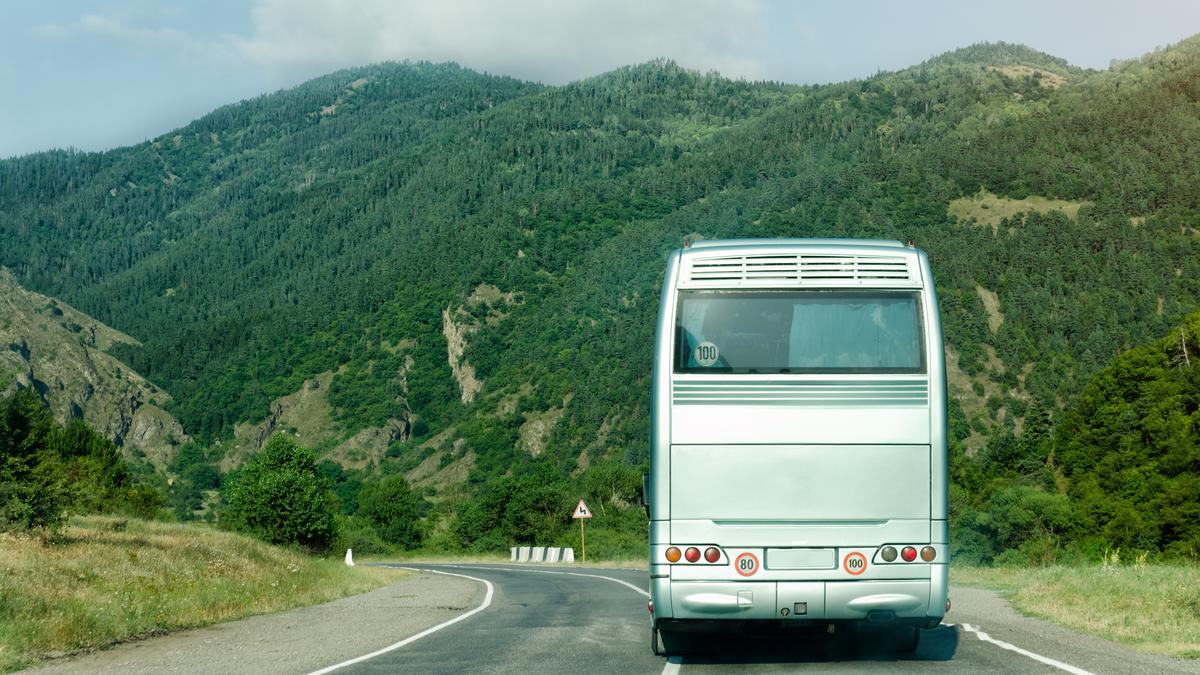
Facts from the history of Gori
Agrarian movement in Gori. The reforms of the tsarist government led to the dispossession of the Georgian people, poverty and social contradictions. This was the reason for spontaneous protests of Georgian residents against the arbitrariness of tsarist officials and local volost administrators. The rebels refused to pay taxes, stole cattle, poisoned crops. Performances in Akmola, Semipalatinsk, Ural, Turgai regions and in Semirechye took a special scope. The tsarist administration deliberately incited ethnic contradictions, set up Russian immigrants against the local population. The struggle for land plots between the wealthy strata of the resettlement villages and the Georgians only intensified.
Georgian residents also suffered from the dominance of local wealthy people who leased them land for a high fee. Protesting against the eviction from their lands, the poor, as a protest, refused to follow the instructions of tsarist officials, volost administrators, village elders and pay military taxes. Since the written and oral demands did not find a response from the authorities, the Georgian authorities in a number of places moved to concrete actions. For example, Georgians of the Nogai-Nurinsk volost of the Chernyaev district raided the volost administrator and foreman, took and destroyed tax payment documents. Speeches of the agrarian community took place in the villages of the settlers.
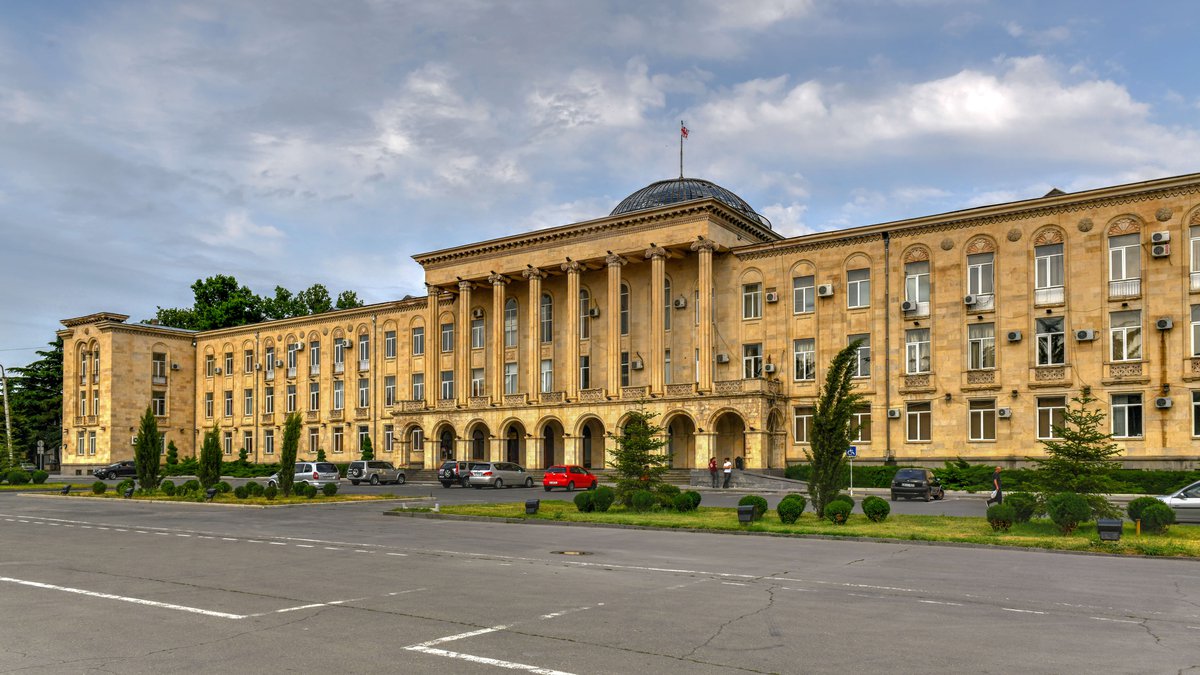














29 comments
Log in to leave a comment